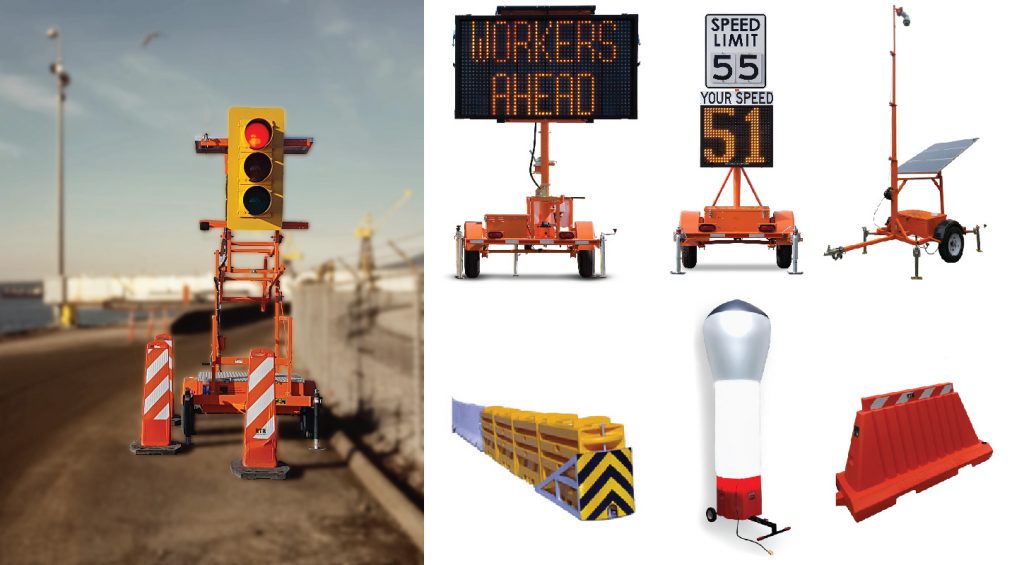Effective traffic control planning goes beyond technical expertise. It requires active participation from the community it serves. At Safety Network Inc., we know that community engagement is vital for creating safe and effective traffic systems. This article explains why involving local residents in traffic planning leads to better outcomes, safety, and community support.

1. Gaining Local Insights for Better Safety
Local residents know their neighborhoods best. They understand traffic patterns, problem areas, and safety risks. Engaging the community helps us gather valuable insights that we might otherwise miss.
- Why It Matters: By listening to the people who live and work in these areas, we can focus on real issues, not just theoretical problems.
- How It Helps: Local input ensures that we address the most pressing safety concerns, improving road conditions and reducing risks for everyone.
2. Building Public Support for Effective Solutions
When the community is involved in planning, they’re more likely to support new measures. Engaging residents early on fosters understanding and cooperation.
- Why It Matters: Changes in traffic flow or new regulations can face resistance. Engaging the community helps prevent pushback.
- How It Helps: When people are part of the planning process, they are more likely to follow new traffic rules, ensuring these measures succeed.
3. Creating Tailored Solutions for Specific Needs
Every community has unique needs. By involving residents in the process, we can tailor solutions to the specific challenges each area faces, whether it’s a busy intersection or a residential street.
- Why It Matters: Generic solutions don’t always work for every community. Tailored approaches lead to more effective and lasting results.
- How It Helps: Custom solutions are more likely to address the specific needs of a community, improving traffic safety and flow.
4. Promoting Collaboration Among Stakeholders
Traffic planning isn’t just about government decisions. It involves collaboration among multiple stakeholders, including local businesses, residents, and emergency services. Community engagement encourages these conversations.
- Why It Matters: Coordination between all parties leads to smoother execution of traffic plans. It also prevents conflicts between different groups.
- How It Helps: When everyone works together, traffic plans are implemented more smoothly, benefiting everyone involved.
5. Raising Awareness and Educating the Public
Community engagement allows us to educate residents about the reasons behind new traffic measures. Educated drivers are more likely to embrace changes and follow safety regulations.
- Why It Matters: Education plays a key role in ensuring the success of traffic initiatives. When people understand the reasons for changes, they are more likely to comply.
- How It Helps: Public awareness campaigns reduce confusion and encourage safer driving, which ultimately leads to fewer accidents.
6. Building Trust Between Planners and the Community
Trust is the foundation of any successful project. Involving the community in the planning process helps establish trust, making the implementation of new measures easier and more effective.
- Why It Matters: Without trust, residents may feel that their needs and concerns are being ignored. This can lead to resistance and poor outcomes.
- How It Helps: Trust encourages cooperation and buy-in from the public, ensuring smoother transitions and better adherence to new traffic systems.
7. Including Diverse Perspectives for Inclusive Solutions
Communities consist of various groups with different needs. It’s important to include voices from all members of the community, such as cyclists, parents, and senior citizens, in the planning process.
- Why It Matters: A plan that works for car drivers may not be safe or effective for cyclists or pedestrians. Involving diverse groups ensures the plan benefits everyone.
- How It Helps: By including everyone’s perspective, we create solutions that meet the needs of all road users, making the roads safer for everyone.
8. Ensuring Long-Term Success with Sustainable Plans
Community engagement also helps create sustainable traffic control measures. When residents are involved, they’re more likely to support long-term initiatives that benefit their area.
- Why It Matters: Sustainable solutions last longer and provide ongoing benefits. Without community support, these solutions are unlikely to succeed.
- How It Helps: With community backing, traffic solutions become integrated into the daily life of the area, leading to sustained improvements in safety and flow.
Conclusion
Incorporating community input into traffic control planning is crucial for creating safer, more effective solutions. Engaged residents help identify needs, build support, and create solutions that work for everyone. At Safety Network Inc., we prioritize community involvement in every aspect of traffic planning to ensure our solutions are effective, inclusive, and sustainable.

